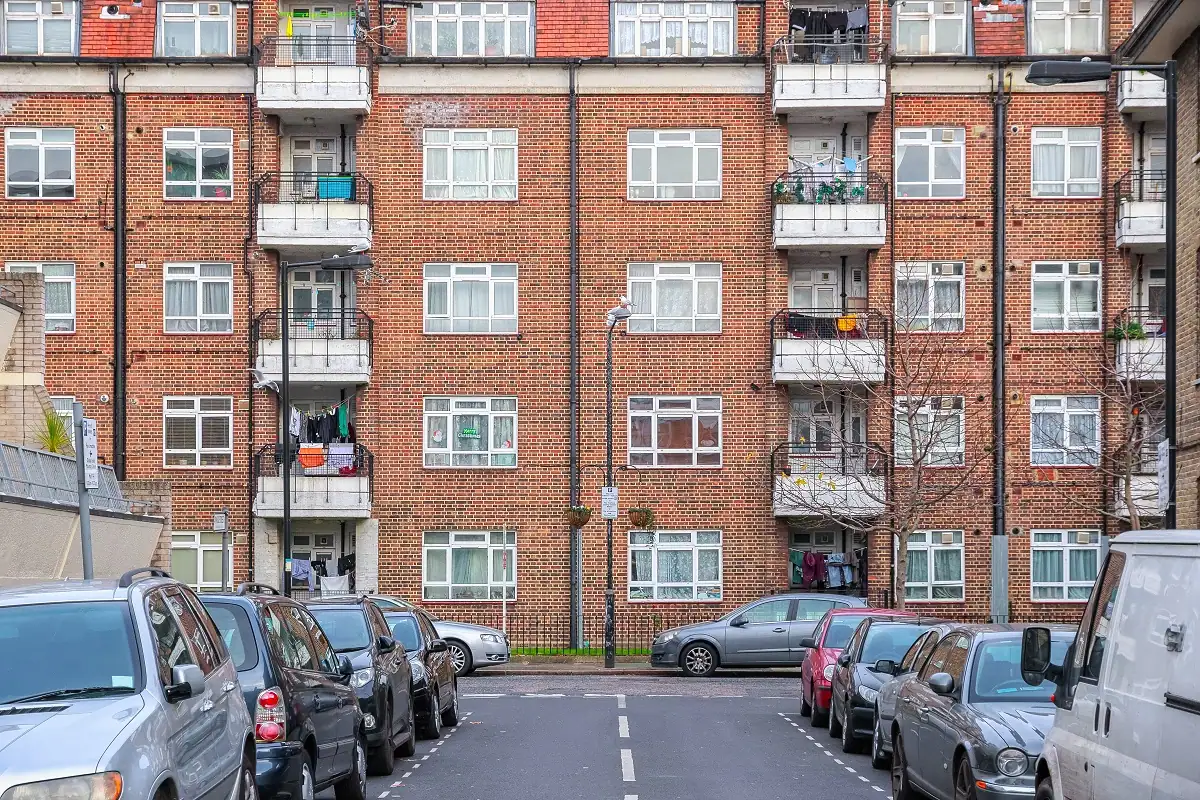Unlocking the Secrets of Planning Permission in Richmond Petersham: A Comprehensive Guide for Developers and Homeowners
Richmond Petersham, an enchanting locale nestled within the London Borough of Richmond upon Thames, boasts a unique blend of natural beauty, historical significance, and community spirit. Its serene riverside views, charming architecture, and vibrant local culture create an appealing environment for both residents and developers. However, the journey to realizing a property development project in this picturesque area begins with understanding the intricacies of planning permission. This detailed guide aims to illuminate the often complex process of securing planning permission in Richmond Petersham, providing you with exclusive insights and tips to navigate the landscape effectively.
The Significance of Planning Permission
Planning permission is a crucial aspect of the development process in the UK, serving as a mechanism to regulate land use and ensure that changes in the built environment align with local and national policies. In Richmond Petersham, this process is overseen by the Richmond upon Thames Council, whose mission is to balance development needs with the preservation of the area’s unique character.
Why is Planning Permission Essential?
Preservation of Local Character: Richmond Petersham is renowned for its historic charm and natural beauty. Planning permission helps safeguard the architectural integrity and environmental quality of the area, ensuring new developments enhance rather than detract from the existing landscape.
Legal Safeguarding: Undertaking construction or alterations without the requisite permissions can lead to serious legal ramifications, including enforcement actions, fines, and the potential need to reverse unauthorized changes.
Community Cohesion: The planning process encourages local community involvement, allowing residents to voice their opinions on proposed developments, fostering a sense of ownership and engagement.
Environmental Responsibility: Planning permission plays a pivotal role in ensuring that new developments consider environmental sustainability, including impacts on local wildlife, green spaces, and energy efficiency.
A Step-by-Step Guide to the Planning Permission Process
Navigating the planning permission process in Richmond Petersham requires careful planning and attention to detail. Here’s a step-by-step approach to help you successfully secure the necessary approvals:
Step 1: Initial Research and Pre-Application Advice
Before diving into the formal application process, conduct thorough research on local planning policies, site constraints, and community values. The Richmond upon Thames Council offers a pre-application advice service, which is an invaluable opportunity for you to present your proposal to planning officers and receive feedback on its viability. Key actions during this stage include:
Research Local Policies: Familiarize yourself with the Richmond Local Plan and any relevant supplementary planning documents. Understanding these guidelines will help you tailor your proposal to meet local expectations.
Engage with Neighbors: Open lines of communication with local residents and stakeholders to gauge their feelings about your project. Addressing potential concerns early on can help build support and minimize opposition later.
Step 2: Compiling Your Application
Once you have a clearer understanding of your proposal’s viability, it’s time to compile your formal planning application. Here are the critical components you will need to prepare:
Application Form: Complete the appropriate application form, ensuring all sections are filled out accurately.
Site Location Plan: Provide a detailed map that outlines your property boundaries and indicates the proposed development site.
Design and Access Statement: Craft a compelling narrative that explains your design choices, how they integrate with the surrounding area, and details about accessibility for all users.
Supporting Documents: Depending on the nature of your proposal, you may need to include additional documentation, such as:
Heritage Impact Assessment: If your project affects a listed building or is in a conservation area, this assessment will evaluate potential impacts on historical significance.
Ecological Assessment: This will assess any potential impacts on local wildlife and habitats, demonstrating your commitment to environmental stewardship.
Step 3: Submission and Community Consultation
Once your application is prepared, submit it to the Richmond upon Thames Council. After submission, a formal community consultation will occur, allowing local residents and stakeholders to review your proposal and provide feedback. During this phase:
Encourage Community Involvement: Consider organizing a public meeting or an open house to present your proposal and address questions from the community. Providing a platform for dialogue can help foster goodwill and understanding.
Monitor Public Feedback: Keep track of comments submitted through the council’s online portal, and be prepared to address any concerns raised by the community.
Step 4: Evaluation and Decision-Making
Following the consultation period, planning officers will assess your application against various criteria, including:
Compliance with Local Policies: Your proposal must align with the Richmond Local Plan, which outlines policies for sustainable development and land use.
Design Quality and Aesthetic Compatibility: The architectural style, materials, and overall design will be evaluated to ensure compatibility with the local character.
Environmental and Social Impact Assessments: The council will consider how your proposal affects local ecosystems, community dynamics, and sustainability goals.
Typically, a decision will be rendered within eight weeks. If approved, you will receive a decision notice detailing any conditions that may apply to your project.
Step 5: Post-Decision Steps and Appeals
If your application is approved, congratulations! You can move forward with your development, ensuring compliance with any imposed conditions. However, if your application is refused, it’s essential to:
Understand the Reasons for Refusal: Review the decision notice carefully to identify the reasons for the rejection. This insight will be invaluable if you decide to appeal.
Explore the Appeals Process: If you believe your proposal has merit, you can submit an appeal to the Planning Inspectorate. This independent body will review the case and make a final decision.
Unique Challenges in Richmond Petersham Planning Permission
Heritage Constraints: As a locality with numerous listed buildings and conservation areas, any development within Petersham is subject to stringent heritage regulations. Engaging with conservation officers early in the process can help navigate these complexities.
Environmental Sensitivity: Given its proximity to the River Thames and rich biodiversity, projects in Petersham must carefully consider environmental impacts. Proposals that integrate sustainable design features, such as green roofs and native landscaping, are often viewed favorably.
Community Engagement: The residents of Petersham are passionate about preserving their neighborhood’s character. Understanding and respecting local sentiments is crucial for gaining support for your project.
Final Thoughts
Embarking on a development journey in Richmond Petersham is an exciting opportunity to contribute to the area’s rich tapestry of history and community. By understanding the planning permission process, engaging with local stakeholders, and adhering to regulatory requirements, you can navigate the complexities of development with confidence. Remember, planning permission is not just a bureaucratic step; it is a chance to create spaces that enhance the community and reflect the unique character of Richmond Petersham.
If you require tailored advice or guidance throughout the process, consider consulting local planning experts who can provide insights specific to your project. With the right approach and preparation, your vision for development in Richmond Petersham can become a reality, enriching this beautiful corner of London for generations to come.





